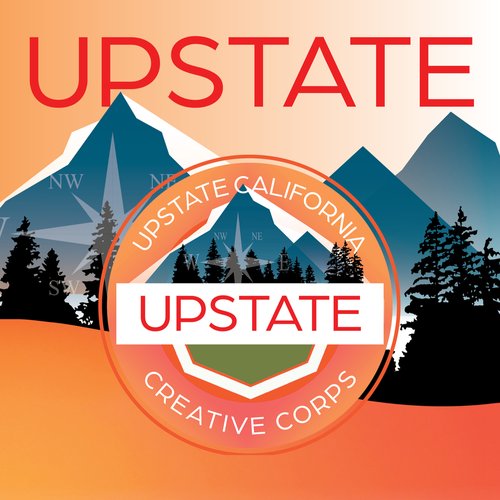RECIPROCITY
Great Basin
Scott Parady
Woodfired stoneware, Steel, and Wood
Scott Parady
Woodfired stoneware, Steel, and Wood
The main components are stoneware clay formed with slabs, extruded tubes and the lower ceramic element was thrown on a pottery wheel and altered. The pieces were then fired in a nine day long anagama kiln (traditional wood fired kiln originating in Japan or East Asia). The color is primarily a result of the atmosphere in the kiln reacting with the iron and quartz in the stoneware clay. It was assembled on site with steel tubing supporting the upper basin.
Parady worked with about 25 ceramic artists that brought their work to his studio to be fired together in the large kiln. The participants take shifts firing the kiln, splitting wood, and even preparing meals for the crew.
The large circular basin is supported by four steel tubes and lower deteriorating industrial form. The circular basin represents many things including the wheel and its impact on human development. It is aligned with points of the compass and reflects the grid on the upper side.
The large scale of the clay objects can induce a visceral response as they resist gravity, and are emblematic of the existential struggle we are in.
Parady also presented Good Fire, Good Earth where he shared about his collaboration with ceramics students from Sacramento State University to develope ceramic "protective bowls''. These shelter native plants and small animals during broadcast burns, as part of regenerative land management at the Cobb Mountain Art and Ecology Project, which fosters learning and creativity through artist residencies and regenerative land stewardship of the 80 forested acres it is housed on.
Parady worked with about 25 ceramic artists that brought their work to his studio to be fired together in the large kiln. The participants take shifts firing the kiln, splitting wood, and even preparing meals for the crew.
The large circular basin is supported by four steel tubes and lower deteriorating industrial form. The circular basin represents many things including the wheel and its impact on human development. It is aligned with points of the compass and reflects the grid on the upper side.
The large scale of the clay objects can induce a visceral response as they resist gravity, and are emblematic of the existential struggle we are in.
Parady also presented Good Fire, Good Earth where he shared about his collaboration with ceramics students from Sacramento State University to develope ceramic "protective bowls''. These shelter native plants and small animals during broadcast burns, as part of regenerative land management at the Cobb Mountain Art and Ecology Project, which fosters learning and creativity through artist residencies and regenerative land stewardship of the 80 forested acres it is housed on.
|
Scott Parady is a ceramic artist who has worked with clay for the last thirty years. He is currently a Full Professor of Ceramics at California State University, Sacramento, where he has been teaching since 2003. He has taught workshops at universities and art centers and exhibits his work nationally and abroad. His work can be viewed in collections at the Di Rosa Art and Nature Preserve, and Crocker Museum of Art.
In 2014 Scott established and built the Cobb Mountain Art and Ecology Project (CMAEP) www.cobbartandecology.org/ artist residency program on the 80-acre property which he stewards and lives on with his family. The facility includes studios, electric, gas, and woodfired kilns, a gallery and space to practice sustainable living and forest management. Cobb Mountain Art and Ecology Project fosters learning and creativity through artist residencies and regenerative land stewardship. |







